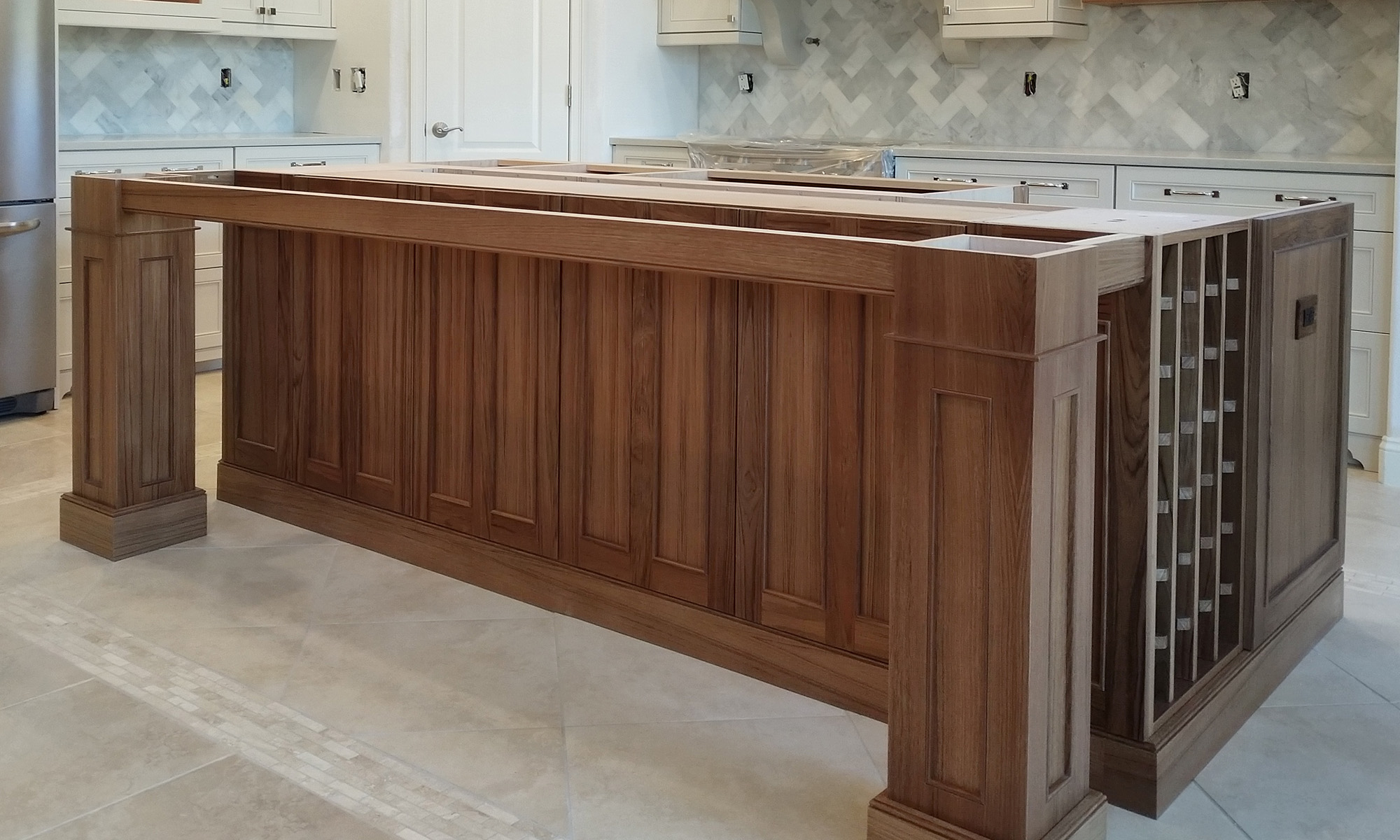I finally got a chance to play with the chatter tool I made. My initial experiments were pretty disappointing. The tool was “screeching” as it is supposed to, but I only seemed to be able to put spiral grooves on the test piece. My first thought was that the blade was not thick enough and I was getting too much “deflection” and not enough “chatter”. I had used on old jigsaw blade, so I took an old sawzall blade and cut and shaped that. Even though it was wider, and offer less give, I was still just getting spiral grooves.
So I took the two blades back to the grinder and ground a very slight bevel on the edges. More importantly I rounded over the point of the blade so that instead of coming to a sharp point it came to a blunt, slightly round point. Immediately I started to see improvements! Both the jig saw blade and the sawzall blade worked great, although they did produce different patterns.
There are no shortage of patterns you can get with the chatter tool. Whether any of them are repeatable is open to debate though! A number of variables affect the pattern.
- The amount of the blade sticking out the tool.
- The distance from the tool rest to the work piece.
- The speed of the lathe.
- How hard you push the tool into the work piece.
- How quickly you move the cutting edge across the work piece.
- How many times you move the cutting edge across the work piece.
- The angle the cutting edge is presented.
The image below shows some examples. I colored the patterns with a black permanent marker so they would show better in the image.
A chatter tool is used primarily in end grain, so applications include embellishments on box lids, spinning tops etc. The chatter tool will work better on hardwoods than softwoods.
After spending an hour or so playing with the tool, I feel the most important variables are lathe speed and distance of the tool rest from the work piece. For the most part the tool is presented so that the blade is horizontal and the handle is closer to you than the blade. The tool rest is about 4 to 6″ from the workpiece and lathe speed is around 1000 rpm. The blade is pushed into the wood and then pulled from the center to the edge. Rotating the tool slightly counter clockwise will change the pattern achieved, but it will also cause the tool to move towards the edge of the work piece a lot faster!! I found lathe speeds between 750 and 1800 worked with an optimum range between 1000 and 1200.










Thanks for posting your method of making the tool and the results. I borrowed a homemade chatter tool from a buddy, and given your instructions I may make one when it is time to return it. 😉
You’re welcome Bill. Good luck making the chatter tool.
Thanks for the good clear information, will go try and make one.
You’re welcome Ross 🙂